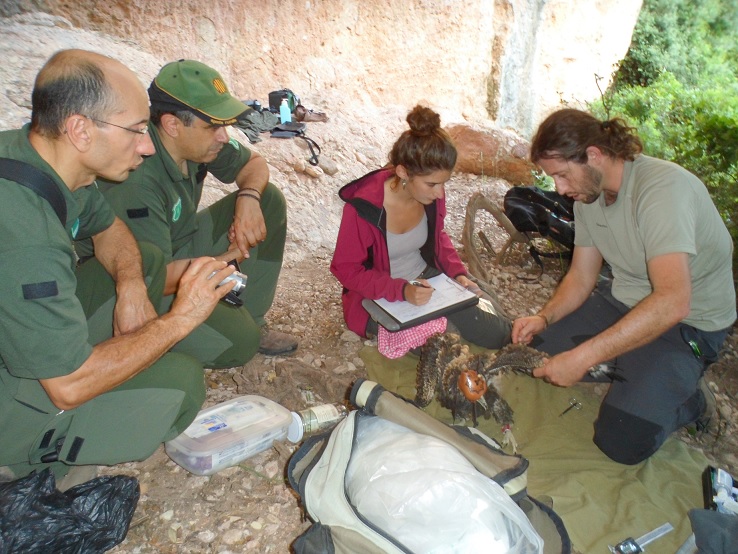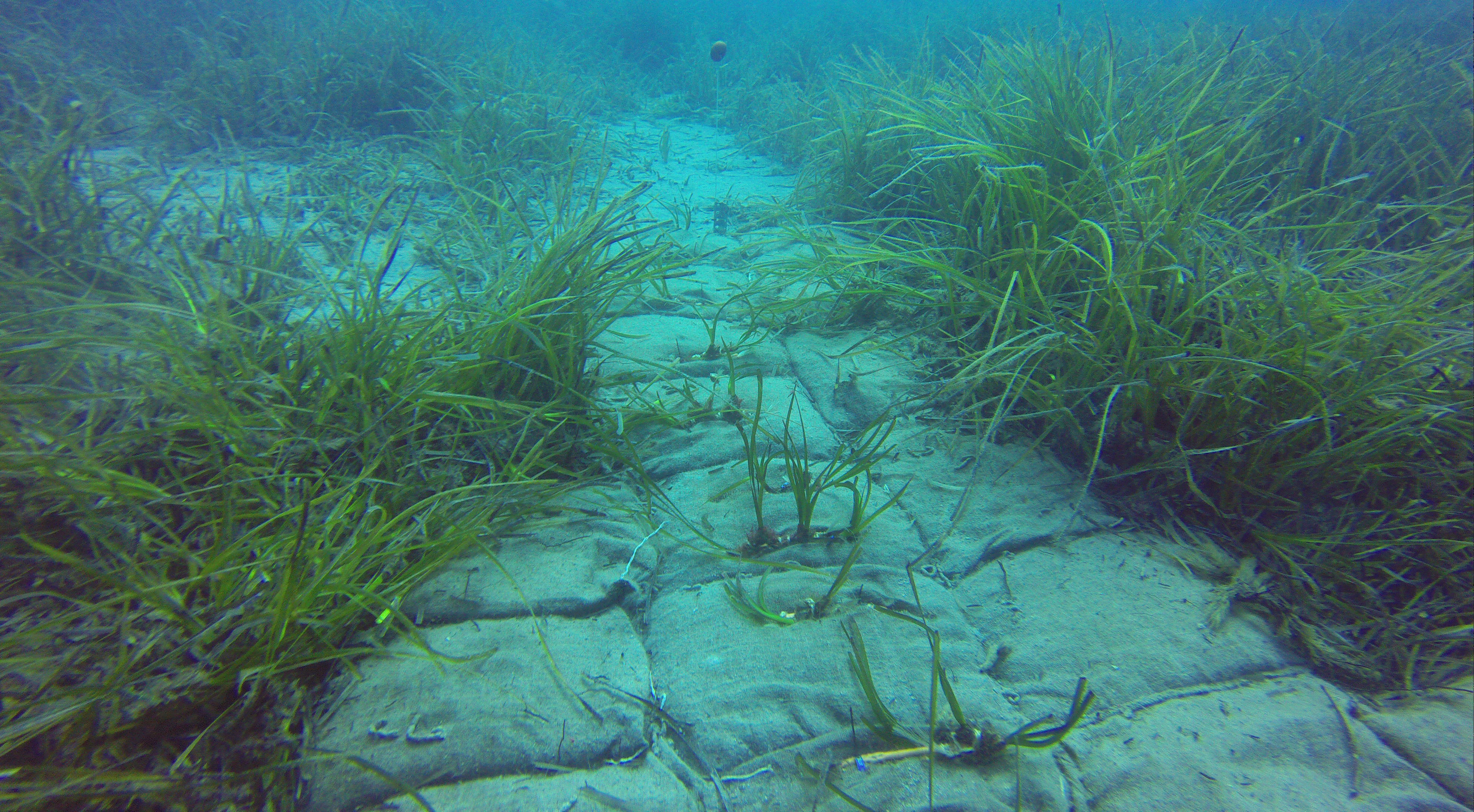We are a global operator of essential infrastructure
Monitoring and analysis of the causes that favour the expansion of the Egyptian Vulture in Catalonia
Learn about the evolution of the Egyptian Vulture population, demographic parameters, the viability of their populations and the factors that influence their expansion.
Barcelona, Girona and Lerida (Catalonia)
- Creating a database of demographic data of the species from 1980 to the present.
- Population census of the species was carried out in 27 territories, of which 23 are occupied by breeding pairs. 22 breeding pairs laid eggs and gave birth to 21 chicks.
- A total of 20 fledgling chicks were ringed in 2014. Mammals accounted for 63% of all items analyzed (birds, reptiles and fish). It is determined that the diet of the Egyptian Vulture is linked to human activity, either due to consumption of farm animals or other mammals generally found in landfills. This ability to consume such a wide range of different mammals could provide the Egyptian Vulture the ability to adapt to new conditions in the case of a decrease in a particular food source.
- The results of the analysis of population viability in the future predict that if the ecological, environmental and demographic conditions do not change, the population will continue or grow in time, but no plausible scenario predicts a decline in population.
- It is considered appropriate to define the priority lines of action for the conservation of the species with the aim of improving adult survival of individuals as this is one of the parameters with greater impact on the population dynamics of the species and the pre-adult survival, These lines of action would contribute to achieving the self-sustainability of the population and increase the reproductive parameters of the species thus achieving greater reproductive success of vulture pairs.
2014-2015
- The Conservation Biology team of the Department of Animal Biology of the University of Barcelona















